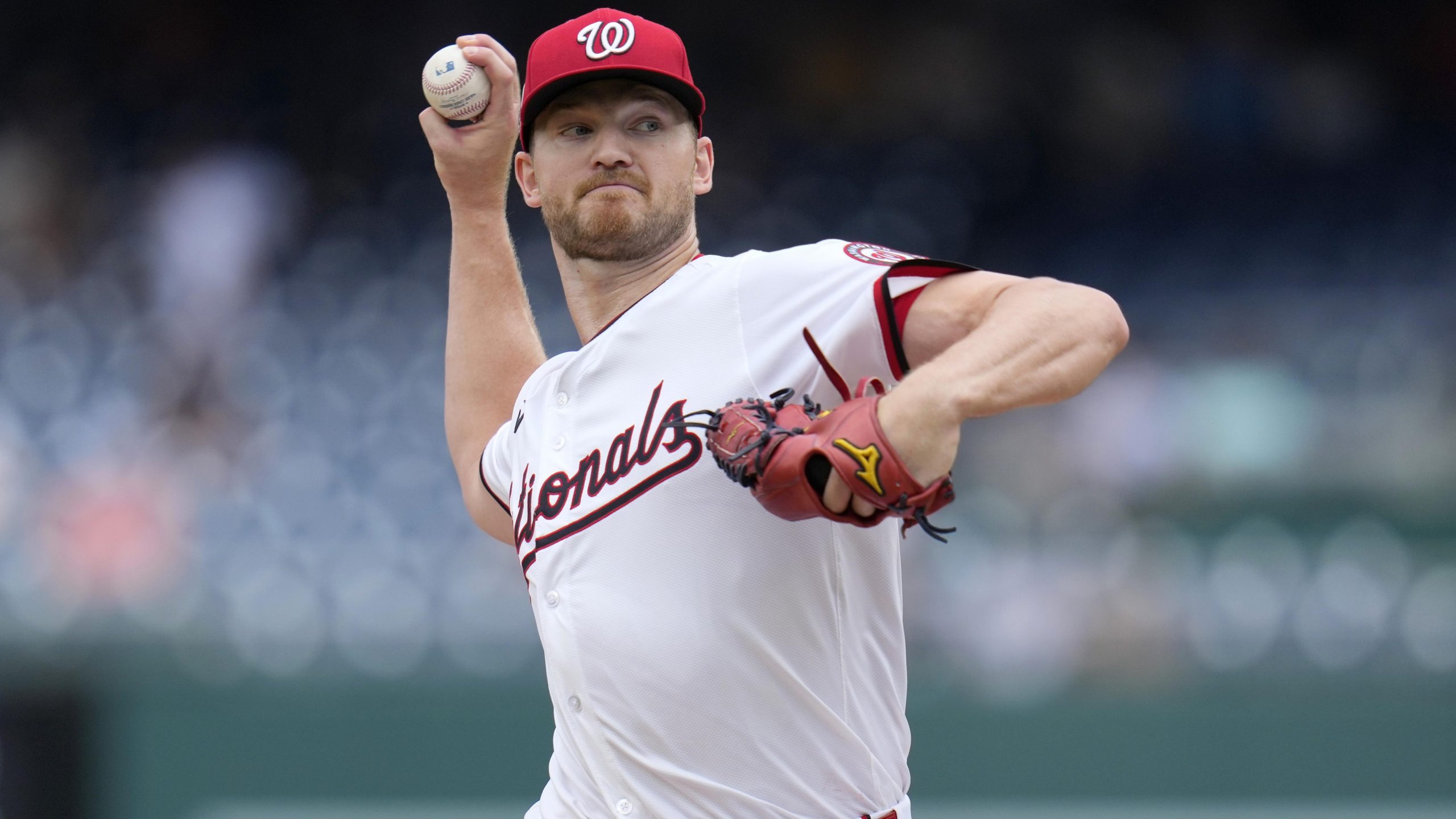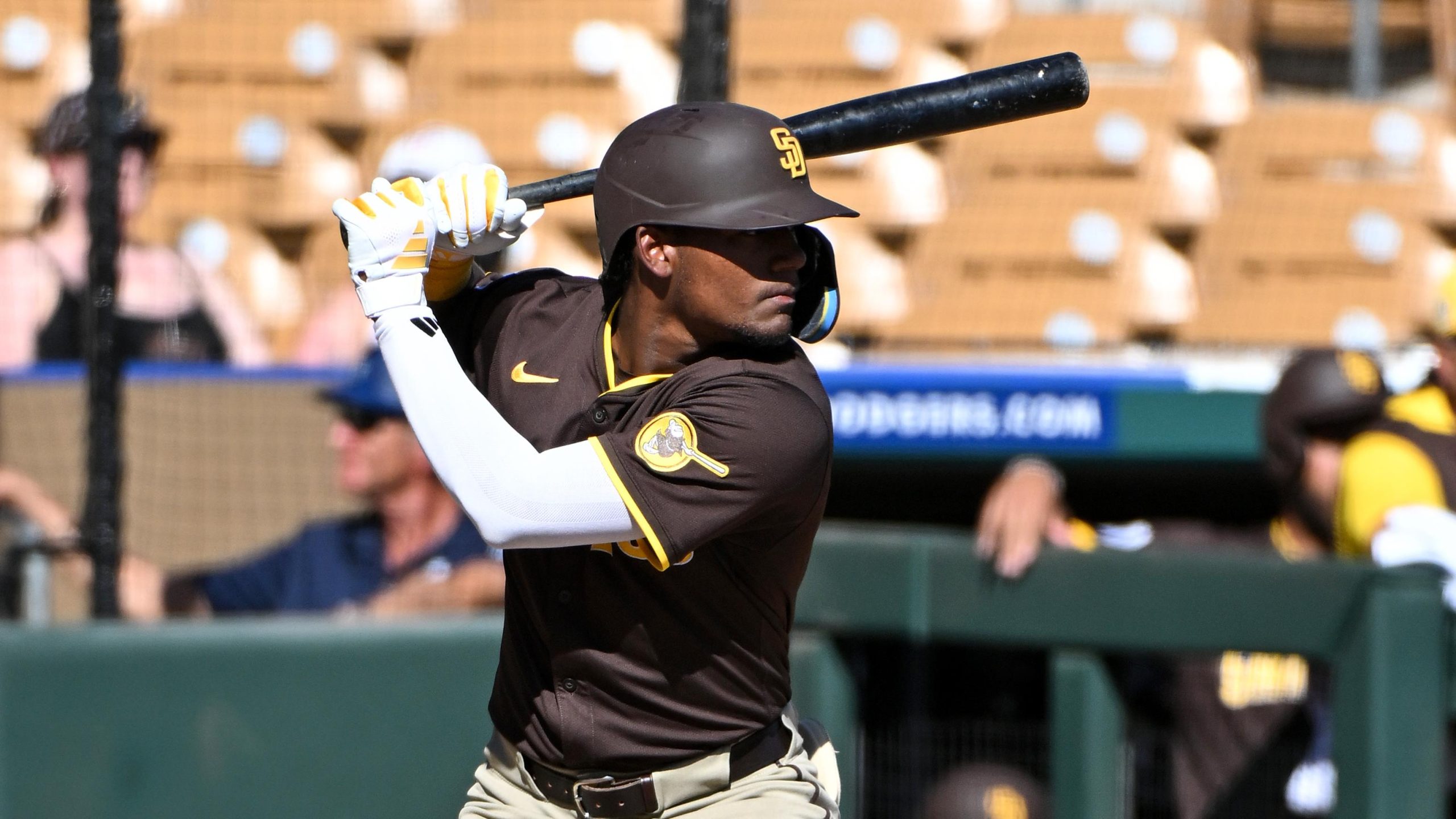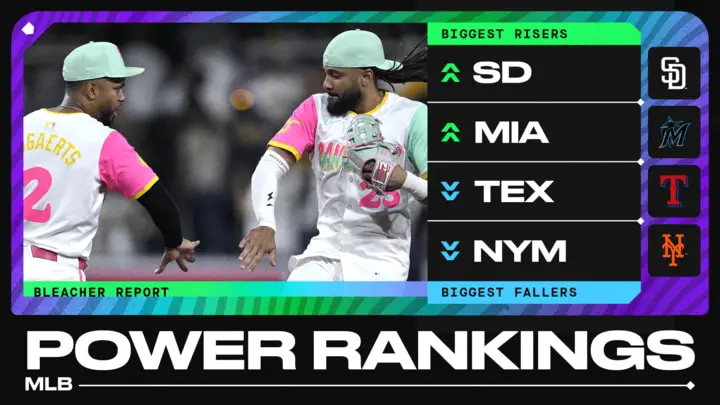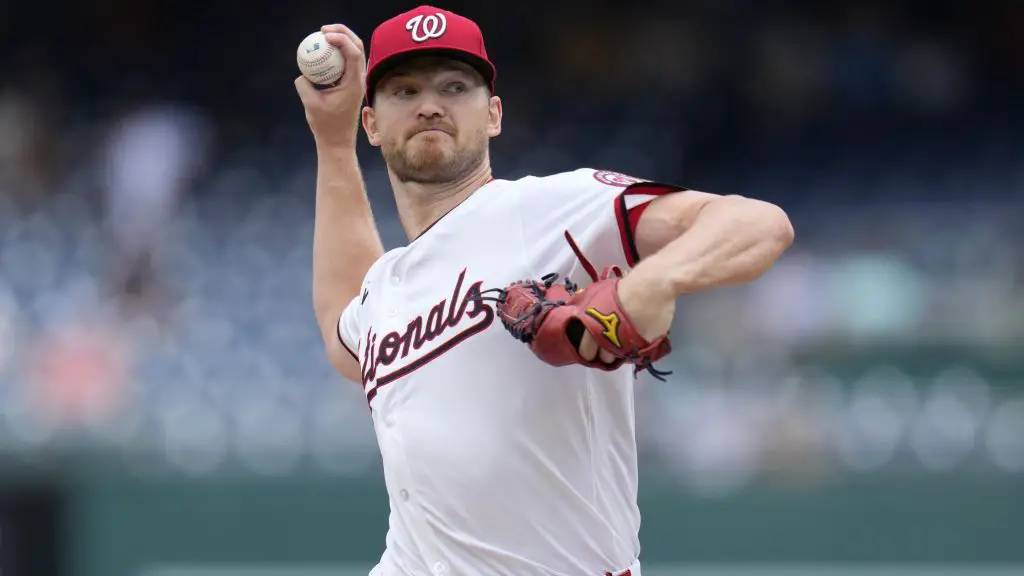Title: The Impact of Mike Soroka’s Injury on the Chicago Cubs: A Risky Bet Gone Wrong
The Chicago Cubs took a gamble when they acquired starting pitcher Mike Soroka just before the trade deadline, but the move has quickly turned sour. Soroka’s debut with the Cubs was cut short after only two innings due to shoulder discomfort, landing him on the injured list. Cubs’ president of baseball operations, Jed Hoyer, has openly acknowledged that the trade is now looking like a questionable decision.
Before joining the Cubs, Soroka’s declining velocity in his final outings with the Washington Nationals hinted at a potential injury, leading him to undergo an MRI, which surprisingly showed no significant issues. However, with a 3-8 record, a 4.86 ERA, and a 1.13 WHIP in 17 starts this season, Soroka’s performance has been far from stellar.
The uncertainty surrounding the length of Soroka’s absence from the rotation poses a significant challenge for the Cubs as they strive for a successful postseason run. Any prolonged injury to Soroka could deal a severe blow to the team’s pitching depth and playoff aspirations.
Hoyer’s comments shed light on the delicate balance teams face when making trades, weighing factors such as player health, market conditions, and performance trends. The outcome of the Soroka trade serves as a cautionary tale for teams looking to bolster their rosters mid-season.
For the Cubs, the repercussions of this trade extend beyond Soroka’s individual performance, impacting the team’s pitching rotation and overall competitiveness. As they navigate through this setback, the Cubs will need to reassess their strategies and roster management to mitigate the effects of this risky bet gone wrong.
In the ever-evolving landscape of baseball trades and player acquisitions, the story of Mike Soroka serves as a reminder of the unpredictable nature of the sport and the importance of thorough evaluation and risk assessment before making significant roster moves.



Source: bleacherreport.com







